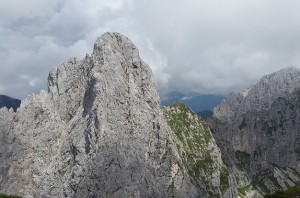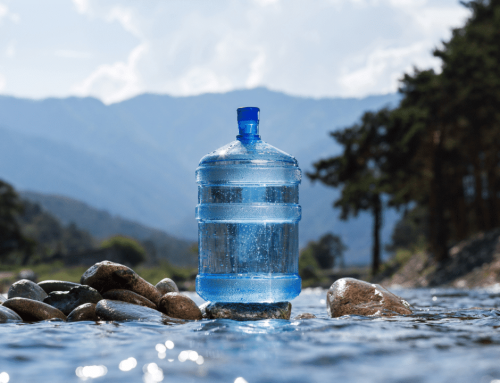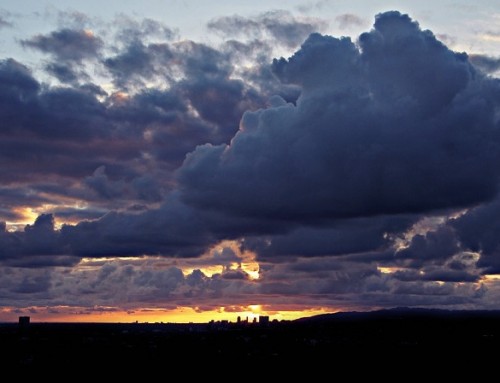 One would expect that different mountain ranges experience climate change differently, and this was the case in a recent study by researchers from ETH Zurich and Utrecht University, published in the specialist journal PNAS.
One would expect that different mountain ranges experience climate change differently, and this was the case in a recent study by researchers from ETH Zurich and Utrecht University, published in the specialist journal PNAS.
Researchers examined the full water balance of two comparable mountainous regions in the context of climate change; one in Nepal, the other in Chile. Researchers created an extensive model of the Juncal region of the central Andes in Chile and of the upper Langtang valley in Nepal in order to compare each region’s water balance.
Both are important water catchment areas that feature both glaciers as well as peaks that ascend to over 6,000 metres and serve the millions of people who live in the surrounding lowlands. While climate models indicate that both regions will experience similar increases in annual mean temperatures for the rest of this century, researchers have shown that the water balance in the two regions will most probably develop differently.
According to the study, the Juncal region will become even drier; water discharge is respected to stay at current levels between 2010 and 2030 but thereafter will experience a steady decline in the availability of water. In an extreme scenario, water discharge from the Juncal region catchment area could decrease to around 30% of the current level by 2100.
In the upper Langtang valley though, things look rather different; water discharge is set to increase by as much as 70% in the first half of the century, in an extreme scenario. Maximum discharge could be reached by 2050 to 2060; thereafter discharge is expected to either stay the same or to drop steadily as we move towards 2100.
Depending on climate scenario, the fates of the local glaciers in the Juncal region could diminish by up to 70%; while in Langtang, extreme predictions indicate a loss of around 55%.
The new model being used by the researchers can realistically illustrate many different processes, including taking into account a wide range of factors that are critical for hydrology, such as evaporation, groundwater, rain and snow volume, as well as the ways in which glaciers expand and experience changes in volume.
Get water cooler accessories and rent water cooler from Living-Water.





